The Android and iOS debate shows how much of a fight there is between two big names in mobile technology. This competition between these operating systems based on UX and features affects millions of device users. This piece talks about how user experiences differ on Android and iOS. Mobile operating systems offer additional features to make users happy, such as customization, app communities, and safety.
Designing The User Interface (UI)
User interface (UI) design determines how people use their devices and is essential for Android and iOS. Android has many apps and a customizable UI for a unique user experience. Users and coders can be unique if the user experience doesn’t look like any other.
iOS UI design is known for its simple and straight layout, along with consistent visual elements. Because Apple designs all their products the same, the user experience is simple.
Android and iOS UI design similarities go beyond how they look to include how easy they are to use. For control, Android has added keys, back arrows, and a home screen that can be changed. This design gives people more freedom and power over their gadgets.
Newer versions of iOS let you navigate by using gestures. Swipes and taps are the main ways to connect, making the experience engaging and natural. Apple’s button-less design improves UI aesthetics while Android and iOS prioritizes freedom and variety over ease and consistency.
Most of the time, the choice comes down to personal taste. Android lets you be artistic and customize your phone, while iOS’s clean and uniform look is comfortable for some. UI design affects user experiences as both operating systems get better. It ensures that devices work well and engages users with easy-to-use and engaging displays.
Changes And Customization
Android and iOS offer different levels of customization and flexibility, with Android providing more options to make it your own. Android users can create their phones uniquely by changing the home screen and adding third-party apps.
Because Android is an open environment, users can change everything about their phone. It’s harder to change things on iOS. iOS is less flexible than Android. While users can change some aspects like backgrounds, icons, and apps, there are limitations.
Because Apple wants all of its products to offer the same experience to users, all iOS devices look and feel the same. Which is better for customization and flexibility? It depends on the user’s choice between a highly personalized and flexible experience and a more standard and straightforward way of making changes to their device.
The App Ecosystem
The app environment makes Android and iOS different in their work and how the users feel about them. The giant Google Play Store, which has apps for everything, makes Android great. Android’s open environment makes it easy for makers to add apps, giving users a lot of choices. Being open encourages creativity, but it could hurt the standard of apps.
The App Store picks the best apps for iOS. Apple’s strict review method for apps makes them safer, more consistent, and of higher quality. There are more apps in Google Play than in the App Store, but iOS users only get apps that meet Apple’s quality standards.
The app platforms for Android and iOS show how open and controlled they want to be. Android’s variety encourages choice, while iOS’s selection puts security and quality first. People usually choose between the two based on their choices for app range, quality, and selection controls.
Using Other Devices And Ecosystems Together
It’s essential for the Android and iOS user experience that other devices and platforms work with them. Android works with a lot of different devices, which makes an environment that goes beyond smartphones. With smart TVs, wearable tech, and Internet of Things (IoT) devices, Android encourages a digitally connected life. Because it is adaptable, users can switch devices and have a smooth experience.
But iOS is excellent in a setting where only Apple products can be used. Other Apple products, like the Apple Watch, iPhone, iPad, and Mac, work well with each other. Sharing files and moving devices is easy with AirDrop, Handoff, and Continuity. Even though the Apple environment has fewer devices, all Apple goods work together to smooth the user experience.
Fragmentation And System Updates
System updates and separation make it harder for Android and iOS users to do things. Because Android is used on many devices, so system update plans vary from maker to maker. This separation could lead to differences in software versions and features. iOS, on the other hand, changes quickly and simultaneously for all devices that can handle them. Android works with many devices, while iOS focuses on a synced update environment. The story looks at how the way each platform updates its systems impacts the user experience.
Safety And Privacy
Privacy and security are essential to both Android and iOS users. Users can control which apps can access certain information by giving apps specific rights. Being open could put your security at risk. Users must be careful because of this. iOS is built with solid protection in mind, and it encourages privacy.
Apple’s tight environment and review of apps make things safer. Android gives users more freedom and customization options, while iOS stays dedicated to providing a secure and private experience. Picking between Android and iOS comes down to personalization and safety.
Read Also: These cheap portable consoles are revolutionizing gaming in 2024
Ai-voice Assistant Integration
The way people use Android and iOS depends on AI and voice aids. Google Assistant stands out on Android because it understands what’s happening around it and works with other apps. Siri, which is deeply connected to the Apple environment, brings together the user experiences of all Apple devices.
As AI improves, both systems may add smart features to make interacting with them better. The competition between Google Assistant and Siri drives progress, ensuring Android and iOS users always have access to cutting-edge AI daily.
Users’ Experiences In Various Groups
People from different countries react differently to the Android and iOS user experiences. Android is famous worldwide because it supports different cultures and lets users customize their experiences. There are a lot of iOS users in countries with a lot of Apple stores. Each platform’s culturally specific design theory affects how users use it. Different groups of people show how Android’s openness and iOS’s unique design handle cultural differences to give everyone a personalized and valuable experience.
New Trends And Future Developments
As new trends shape Android and iOS, the future looks bright. More AR and AI technology is expected to be added to both devices. In the future, speech conversations and user interfaces will be more accessible and engaging. 5G technology will also make mobile devices faster and better at what they can do. Based on these trends, Android and iOS will keep developing new ideas and changing how people use their phones.
Conclusion
By comparing the features and experiences of Android and iOS users, we can see how different design ideas, environments, and user tastes affect each other. The steady competition between these giants leads to new ideas and more choices for people. Different strengths and recent trends in the two most popular mobile operating systems affect how users feel, depending on whether they like how customizable Android is or how well iOS works with other apps. Which one to choose between Android and iOS relies on the user’s digital experiences and tastes.



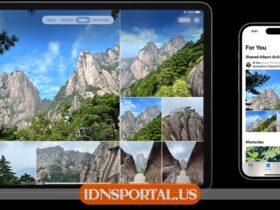
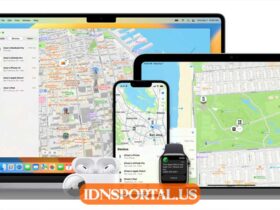


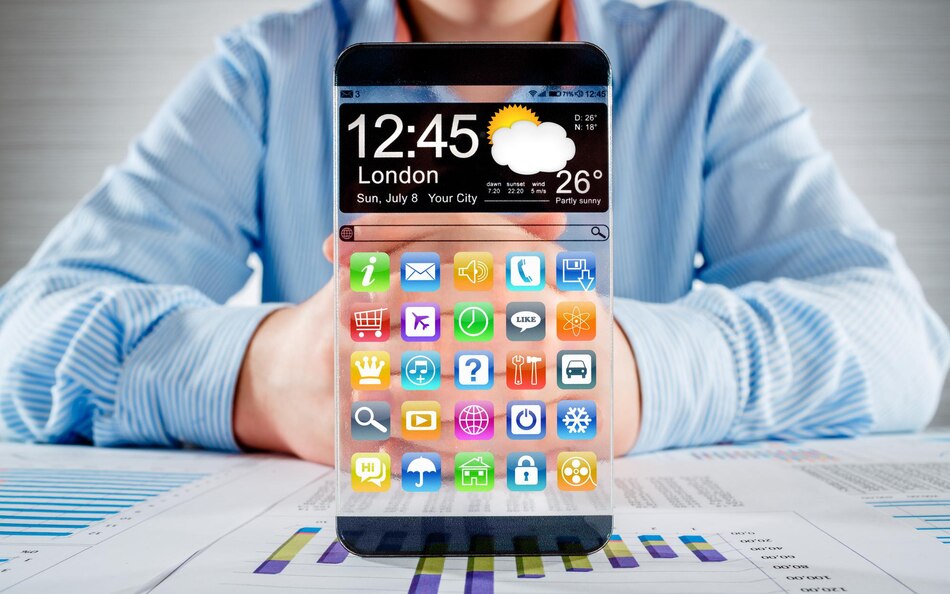
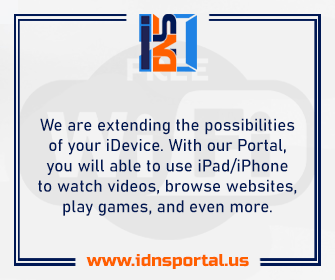
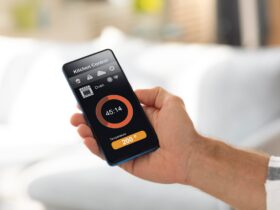

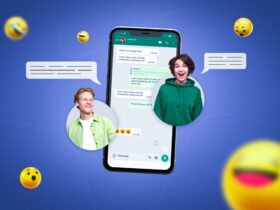
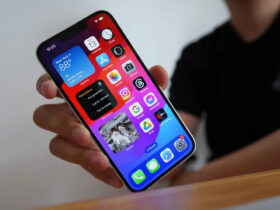
Leave a Reply
View Comments